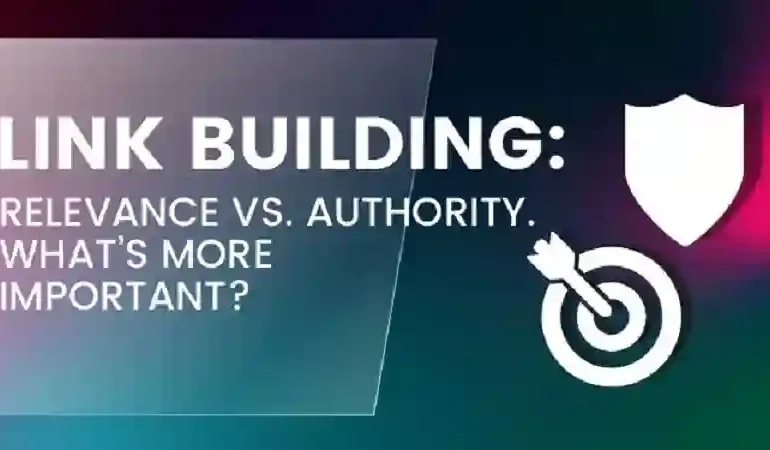Problem-Solving Prodigy: Navigating the World of Mathematics

In the vast expanse of mathematical challenges, the title of a problem-solving prodigy is reserved for those who navigate the intricacies of the mathematical world with unparalleled finesse. This article, “Problem-Solving Prodigy: Navigating the World of Mathematics,” serves as a compass for individuals aspiring to not only master the art of problem-solving but also thrive in the diverse and captivating landscape of mathematics.
Embarking on the Mathematical Odyssey:
Becoming a problem-solving prodigy is akin to embarking on a grand mathematical odyssey. Recognize that the journey involves encountering an array of mathematical challenges, each requiring a unique set of problem-solving skills. Embrace the odyssey with a spirit of curiosity, readiness to learn, and a determination to conquer the mathematical peaks that lie ahead.
Understanding the Multifaceted Nature of Problems:
The world of mathematics presents a myriad of problems, ranging from the straightforward to the profoundly complex. To excel as a problem-solving prodigy, one must understand the multifaceted nature of these challenges. Distinguish between different types of problems, such as algebraic equations, geometric proofs, and analytical puzzles, to tailor your problem-solving approach accordingly.
Developing a Holistic Problem-Solving Toolkit:
A problem-solving prodigy’s success lies in the development of a holistic toolkit that encompasses a variety of problem-solving strategies. Experiment with techniques such as trial and error, working backward, pattern recognition, and logical deduction. The versatility of your toolkit allows you to adapt to the diverse challenges that arise in the mathematical landscape.
Navigating Problem-Solving Phases:
Problem-solving is a dynamic process that unfolds in distinct phases. From understanding the problem to devising a solution and evaluating its effectiveness, each phase requires a unique set of skills. A problem-solving prodigy navigates these phases with precision, utilizing analytical thinking, creativity, and perseverance to unravel the complexities presented by mathematical challenges.
Embracing the Beauty of Patterns:
Patterns are the threads that weave through the fabric of mathematical challenges. As a problem-solving prodigy, embrace the beauty of patterns. Recognize recurring sequences, relationships between numbers, and structures within problems. Unveiling patterns not only simplifies problem-solving but also reveals the elegance and coherence that underlie the mathematical world.
Utilizing Visualization Techniques:
Visualization is a powerful tool that problem-solving prodigies wield with finesse. Create mental images, draw diagrams, and use visual aids to enhance your understanding of mathematical concepts. Visualization transforms abstract ideas into tangible representations, providing clarity and insight into the problem-solving process.
Applying Strategic Approaches:
Strategic thinking is a hallmark of a problem-solving prodigy. Develop systematic approaches for tackling different types of problems, ensuring that your strategy aligns with the unique characteristics of each challenge. Applying strategic approaches not only streamlines the problem-solving process but also cultivates efficiency in navigating the mathematical landscape.
Embracing a Growth Mindset:
A growth mindset is the foundation upon which problem-solving prodigies build their success. Embrace challenges as opportunities for learning and growth. Understand that effort, dedication, and a belief in your ability to develop new skills are crucial components of a growth mindset. This mindset fuels resilience in the face of challenges and propels you toward continuous improvement.
Fostering Collaborative Wisdom:
Thriving as a problem-solving prodigy involves recognizing the value of collaborative wisdom. Engage in discussions with peers, seek input from mentors, and participate in collaborative problem-solving environments. Fostering collaborative wisdom not only exposes you to diverse perspectives but also enriches your problem-solving toolkit with insights from fellow navigators in the mathematical world.
Cultivating Patience and Perseverance:
Patience and perseverance are the steadfast companions of a problem-solving prodigy. Understand that solving complex problems may require time and multiple iterations. Cultivate patience in the face of challenges and persevere through moments of difficulty. The ability to navigate through adversity is a key trait of a prodigious problem solver.
Celebrating Each Problem Conquered:
Every solved problem is a victory worth celebrating. As a problem-solving prodigy, acknowledge your achievements, no matter how small. Celebrating each conquered problem not only reinforces a positive mindset but also instills a sense of accomplishment, motivating you to tackle subsequent challenges with confidence and enthusiasm.
Reflecting on the Journey:
Reflection is the compass that guides a problem-solving prodigy through the mathematical odyssey. After solving a problem, take a moment to reflect on your approach, the strategies employed, and the lessons learned. Reflection enhances self-awareness, allowing you to refine your problem-solving techniques and gain valuable insights into your journey through the mathematical world.
Conclusion:
“Problem-Solving Prodigy: Navigating the World of Mathematics” is an exploration into the art and science of mastering mathematical challenges. By understanding the multifaceted nature of problems, developing a holistic problem-solving toolkit, and embracing the beauty of patterns, individuals can embark on a transformative journey through the mathematical landscape. Remember, to thrive as a problem-solving prodigy is not just about solving problems; it’s about navigating the diverse world of mathematics with a spirit of exploration, resilience, and an unwavering commitment to continuous improvement.







